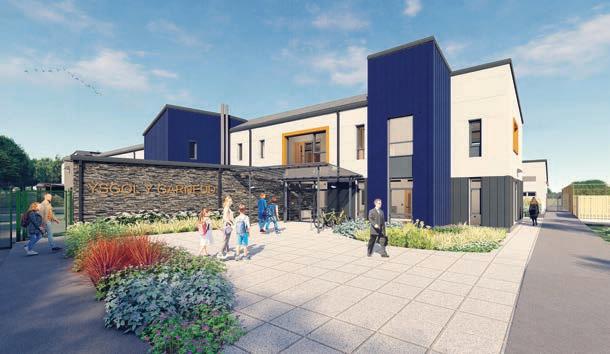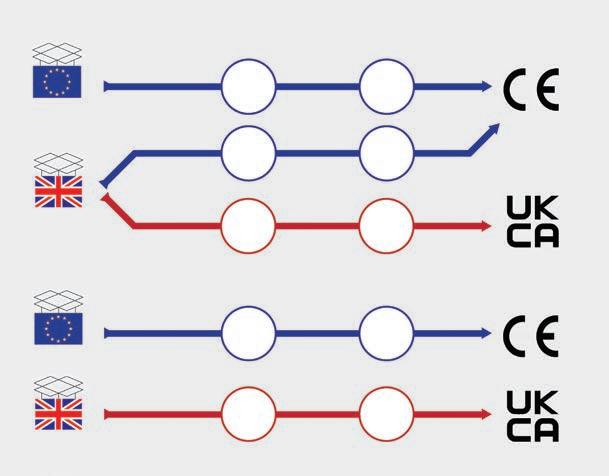
3 minute read
Q&A with GAI chief executive
EXCITING TIMES
Simon Forrester, the new head of the GAI, shares his first impressions and talks about his plans for the Guild.
Advertisement
Simon Forrester joined the GAI as its new chief executive last December. Following a career of over 25 years in professional institutions and trade associations in the healthcare, business tourism, jewellery and construction sectors, he has come to lead the GAI membership through another year of significant change.
What do you bring to this new role?
After so many years working in membership organisations, I think it boils down to a fundamental priority: get to know fast what members genuinely want and need for business OFF DUTY
Favourite film: Metropolis, by Fritz Lang First record ever bought: Purple Rain, Prince Currently reading: Arrival, by Ted Chiang Favourite building: Anything in the Brutalist or Post Modern style Favourite piece of door hardware: The extraordinary handles and hinges on Lichfield Cathedral door and professional success, and make sure the membership body creates the right benefits and services to meet those needs.
For example, during last year many GAI members needed more support on employment issues. It’s been a tough and confusing time for many businesses. So the first thing I have done is to introduce a new, completely free, expert service covering HR, employment law, health and safety, legal, insurance and tax, for all GAI members.
I’ve got lots of experience of fighting members’ corner with regulators, working on the maintenance and raising of standards, and showing government and others the expertise offered by such a membership organisation. This is where I’m focusing next, along with looking at how we extend our networks and representation across UK and Ireland, as well as overseas.
What are your initial impressions of the architectural ironmongery industry?
I’ve had many excellent conversations with GAI and IAI members, and a superb induction process and support from the president, executive committee and my staff team. Of course, I wish I could have done more meetings face-to-face. But the listening process never stops.
If I was to give the industry a SWOT analysis right now, I’d highlight its passion and expertise as a core strength. You just can’t fault the commitment of the architectural ironmongery industry to technical and aesthetic excellence, customer service and competence.
I think its main weakness is that the industry is not yet good enough at telling its own story, and is not yet well enough understood in the construction value chain. Advocacy is one of my key strengths, so I’ll be making sure that all changes. This industry, its products and services, keep people alive and safe. The importance of the Registered Architectural Ironmonger cannot be overstated.
There are significant opportunities for the industry post-Brexit, especially around UKCA marking and taking back control of technical standards. But there are also long-term threats, including from artificial intelligence – in a world where all product specification is managed by systems, how do we realign our skills set to become masters of this technology rather than victims of it?
Given everything I’m learning right now, I honestly feel I’ve joined the GAI at the most exciting time in its history.
What’s your vision for the future?
I’ve quickly come to realise how much we have been delivering and can see that the Guild’s three core pillars of technical support, education and community are still sound. So in short, my vision is about delivering more, better.
Members’ Day on 27 May marks the start of a new strategic planning cycle, so that’s when much of this vision will be launched. We’ll have new people at the helm (Members’ Day also incorporates the GAI AGM, at which the new President will be elected). It will be a great opportunity for us to meet as one organisation as we start to move into a post-pandemic landscape, and look to the future. Come and meet your peers; student and qualified AIs, consultants, manufacturers and suppliers, architects and architectural technologists, and colleagues from other related sectors.
We’ll be revealing how the GAI will expand its influence, its technical support, its education programme and its potential markets and networks. It’s a day not to be missed, and I’m really looking forward to meeting everyone there. n










